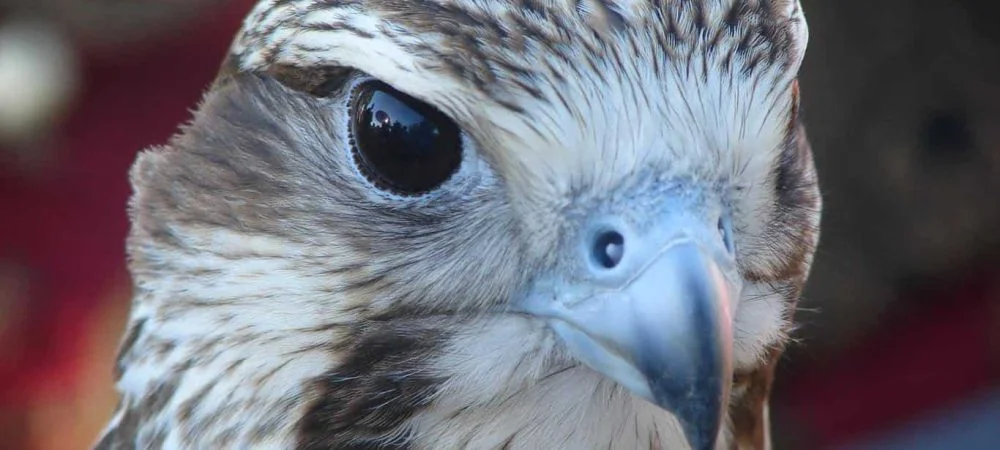
Want to learn more? This book on the Birds of Prey of North America is a fantastic read!
Maine is a state in the Northeastern United States vastly recognized for its rocky coastlines, prominent natural beauty, and its abundance of outdoor activities.
Maine is home to an impressive number of 32 state parks with over 500,000 acres of land, boasting a plentiful population of wildlife.
Maine is known to have a humid continental climate across the state, with warm, humid summers and cold winters with a great deal of snowfall.
This climate and geographic location provide a wonderful home to 10 species of hawks!
While in Maine, you are most likely to see the Red-Tailed Hawk, although you are least likely to see the Swainson’s Hawk.
Below are profiles for each species, offering each hawk’s unique characteristics!
Want to attract birds of prey to your yard? Take a look at our article!
What Hawks can be seen in Maine?
Table of Contents
1. Sharp-Shinned Hawk
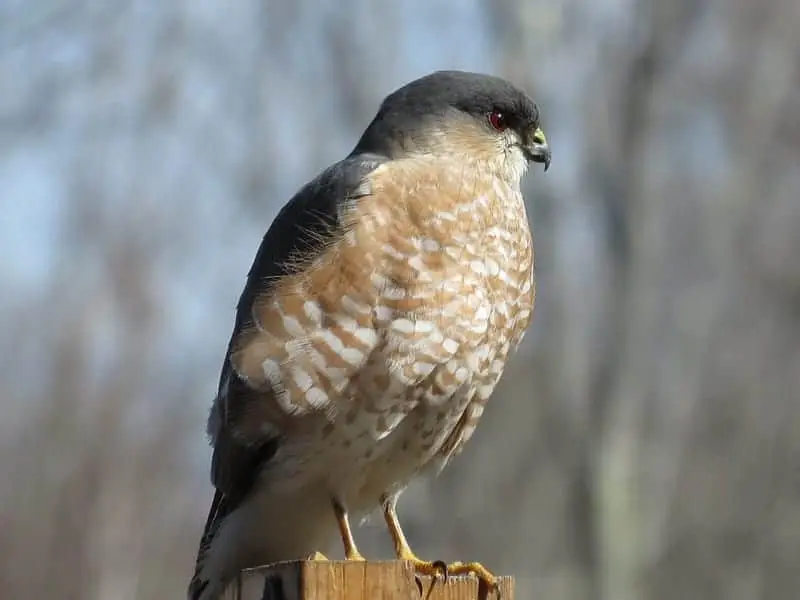
“Sharp-Shinned Hawk” by ‘Dennis Murhpy‘ is licensed under CC BY 2.0
Wingspan
43-56cm
Weight
87-218g
Life Expectancy
3 years
Diet
Robins and Thrushes
Sharp-Shinned Hawks are a smaller species and the males are actually known to be the smallest hawks in the entire United States.
Female hawks are even a third larger than the males of this species! These hawks display relatively long legs, but tend to have shorter, rounded wings.
You may also want to take note of their very long tails. Mature Sharp-Shinned Hawks are a pastel, grayish color although they have red-orange colored underparts.
Immature hawks, though, are typically overall brown with white underparts. Sharp-Shinned Hawks are typically only found in Maine during breeding season between March and June.
However, Maine’s coastal areas have been known to attract year-round hawks.
During their breeding season, Sharp-Shinned Hawks prefer forests and woodlands, but during migration they’re often observed as they pass along mountain ridges and coastlines.
These hawks are heard making their recognizable ‘ki-ki-ki’ call or their high octave shriek.
2. Cooper’s Hawk
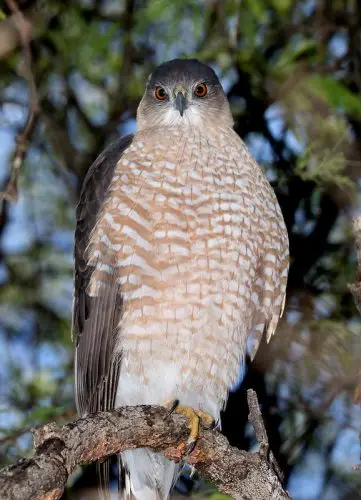
Wingspan
62-90cm
Weight
330-680g
Life Expectancy
Up to 12 years
Diet
Small Birds, Mice & Squirrels
Cooper’s Hawks are classified as medium sized birds, with the females being larger in size than the males.
To get an idea of their size, these hawks are sometimes compared to the size of a crow. Cooper’s Hawks have broad and rounded wings with long, narrow tails.
Mature hawks have blue-gray plumage with red-orange barring on their underbellies. Juvenile Cooper’s Hawks though, display streaky and brownish-colored feathers above, but they are pale on their underbellies.
These hawks are primarily spotted in Maine during their breeding season from March to July; usually breeding in dense woodlands.
They are also readily observed during their migration and during visits to birdfeeders where they await their prey.
Though Cooper’s Hawks breed in dense areas, they prefer to build their nests on the ground near pine trees. The residents of Maine recognize these birds by their interesting calls that resemble ‘cak-cak-cak’.
3. Northern Goshawk
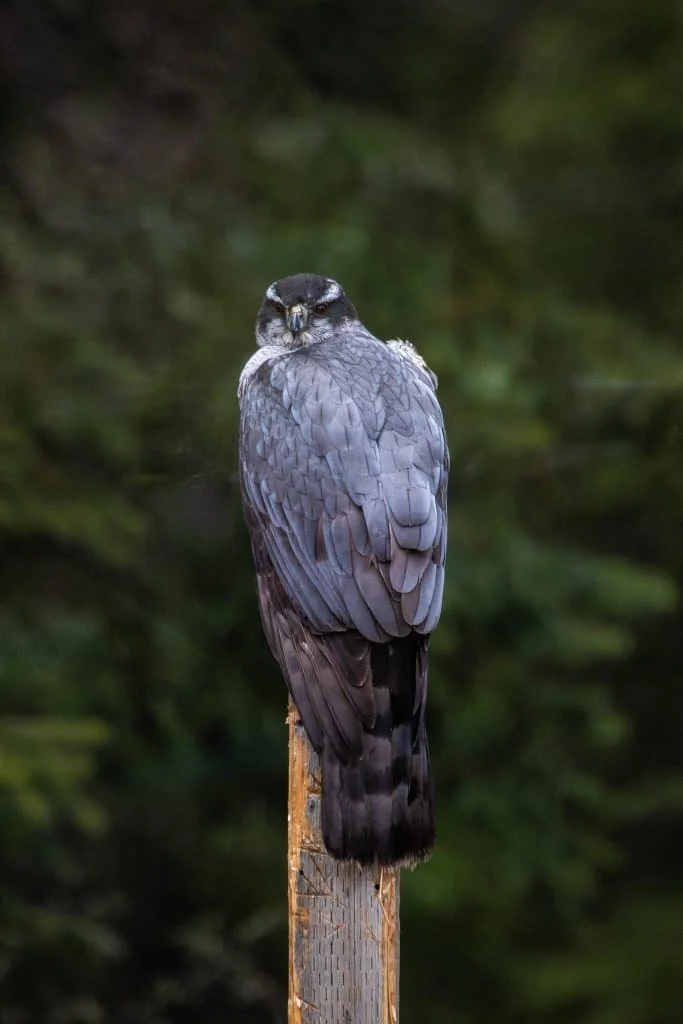
Wingspan
89-127cm
Weight
631-1364g
Life Expectancy
7 Years
Diet
Mammals, reptiles & insects
Northern Goshawks are medium-large birds, with the mature hawks being a pale grayish color, while the immature hawks are streaked brown.
Northern Goshawks are known for their short wings and a defining, white streak on their faces.
These hawks are year-round residents in Maine, although they have been known to be difficult to find. Northern Goshawks tend to be more solitary and prefer to take habitat in large, dense forests.
They usually build their nests in coniferous trees and you’ll most likely hear them as they communicate with their ‘ki-ki-ki’ call.
When trying to observe these hawks, it’s important to remember that they are highly defensive with regard to their territory. In fact, Northern Goshawks are often referred to as one of Maine’s fiercest birds!
4. Red-Shouldered Hawk
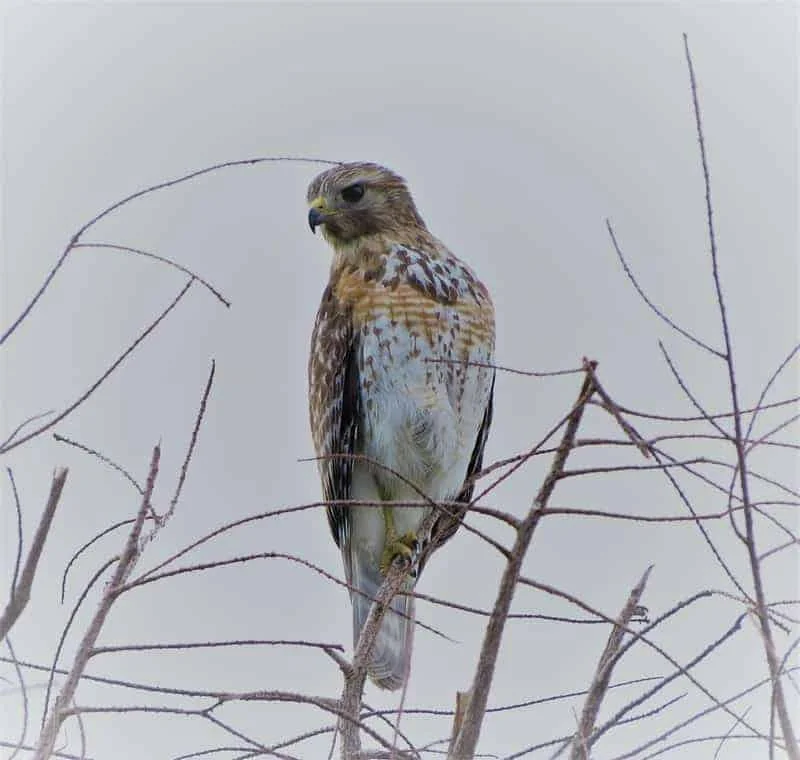
Wingspan
94-111cm
Weight
486g-774g
Life Expectancy
2 years
Diet
Small mammals, reptiles & amphibians
Red-Shouldered Hawks are medium to large in size, and as their name suggests, they have rich red barring on their chests and underparts.
Adult hawks have broad and round wings, with medium length tails.
They also have an interesting checkered pattern of black and white on their wings, and also a banded black and white pattern on their tails.
These are quite colorful hawks with varying patterns. It is worth mentioning that the juvenile hawks are brown with white underbellies.
There is a notable breeding population of these hawks through the state of Maine during the spring and summer months of their breeding season.
Red-Shouldered Hawks nest in woodlands and forests, near open waters such as rivers, streams, and swamps.
The hawks can readily be seen in the same nesting sites for many years in a row. These hawks can be easily located by their distinct ‘kee-ah’ call.
5. Broad-Winged Hawk
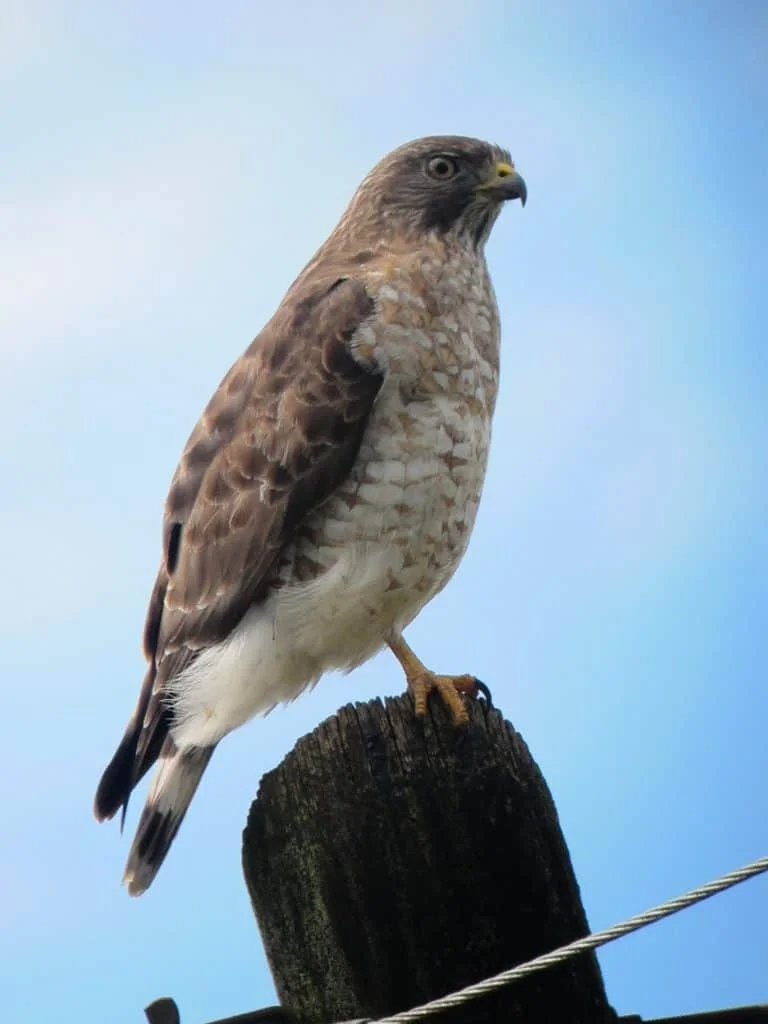
“Broad Winged Hawk” by ‘Felipe Uribe‘ is licensed under CC BY 2.0
Wingspan
81-100cm
Weight
265g-560g
Life Expectancy
Up to 20 years
Diet
Small mammals & insects
Broad-Winged Hawks are medium sized birds known for their large, pointed wings.
They also have identifiable markings on their underparts and black and white, patterned tails.
Immature hawks, however, typically have light brown feathers. Broad-Wings are sometimes spotted in Maine during their breeding season in the spring and summer months.
They prefer to take habitat in woodlands and forests as they circle in the air in search of prey.
These hawks build loose nests from sticks, twigs, and leaves in the cavities of deciduous trees.
Though they can be seen during breeding season, the optimal time to spot Broad-Winged Hawks is during migration in the fall.
They can even be seen in large flocks by the thousands as they journey south.
Broad-Winged Hawks are identified by very high octave calls, and like some other species, the males have higher octave calls than the females.
6. Swainson’s Hawk
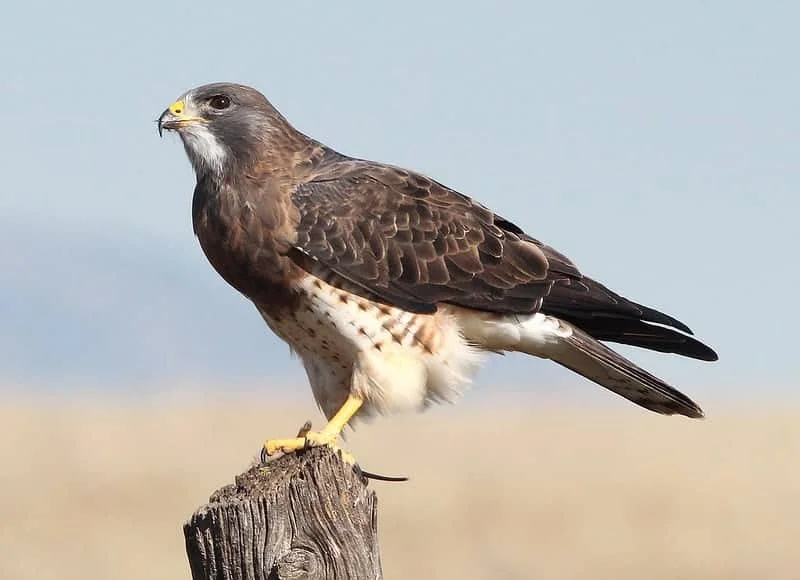
Wingspan
4 feet
Weight
693-1367g
Life Expectancy
16-19 years
Diet
Mammals & Insects
Swainson’s Hawks are a larger species of hawk with very large wings, but shorter tails.
They typically have very dark feathers all over with the exception of their brilliant white underbellies. In fact, these hawks are known to have a wide variety of colors when it comes to their underbellies.
Normally, Swainson’s Hawks migrate south after the breeding season in the late summer to early fall.
Maine is known to have many unexpected visitors such as the Swainson’s Hawk, and you will have the best chance of observing these birds as they are migrating.
These birds can even be seen in large groups while in-flight. Swainson’s Hawks can also be found nesting near the tops of solitary trees or small groves near streams.
You will recognize these hawks by their alarm call that is known to be high-pitched and screechy.
The females can be easily distinguished from the males by their short rendition of the call.
7. Red-Tailed Hawk
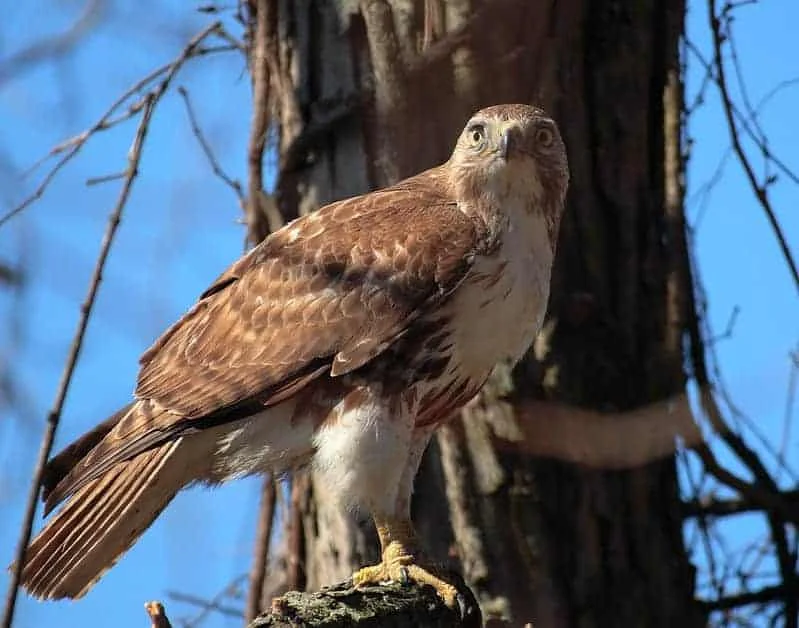
Wingspan
114-133cm
Weight
900-1460g
Life Expectancy
10-15 years
Diet
Small mammals, mice & voles
Red-Tailed Hawks are widely recognized as the most common hawk in all of North America, while they are one of the largest hawk species in the United States.
These hawks are actually very common throughout the state of Maine and can readily be observed on telephone poles, tree branches, and even along highways.
You’ll have no problem identifying these hawks, because they live up to their name as they display striking red tails.
Though their tails are a brilliant red color, they have light, pastel-colored underbellies. Immature Red-Tailed Hawks do not have red tails at all since they are not fully matured.
Though Red-Tailed hawks are readily seen throughout the state of Maine, they are only found during breeding season which usually takes place from May to August.
During breeding season, you will easily recognize the male hawks circling in the summer skies as they try to get the attention of female hawks.
You’ll also most likely hear a cry-like call that these hawks have during breeding season. Otherwise, Red-Tailed hawks are known for their unpleasant, screechy ‘kee-eeeee-aar’ call.
8. Rough-Legged Hawk
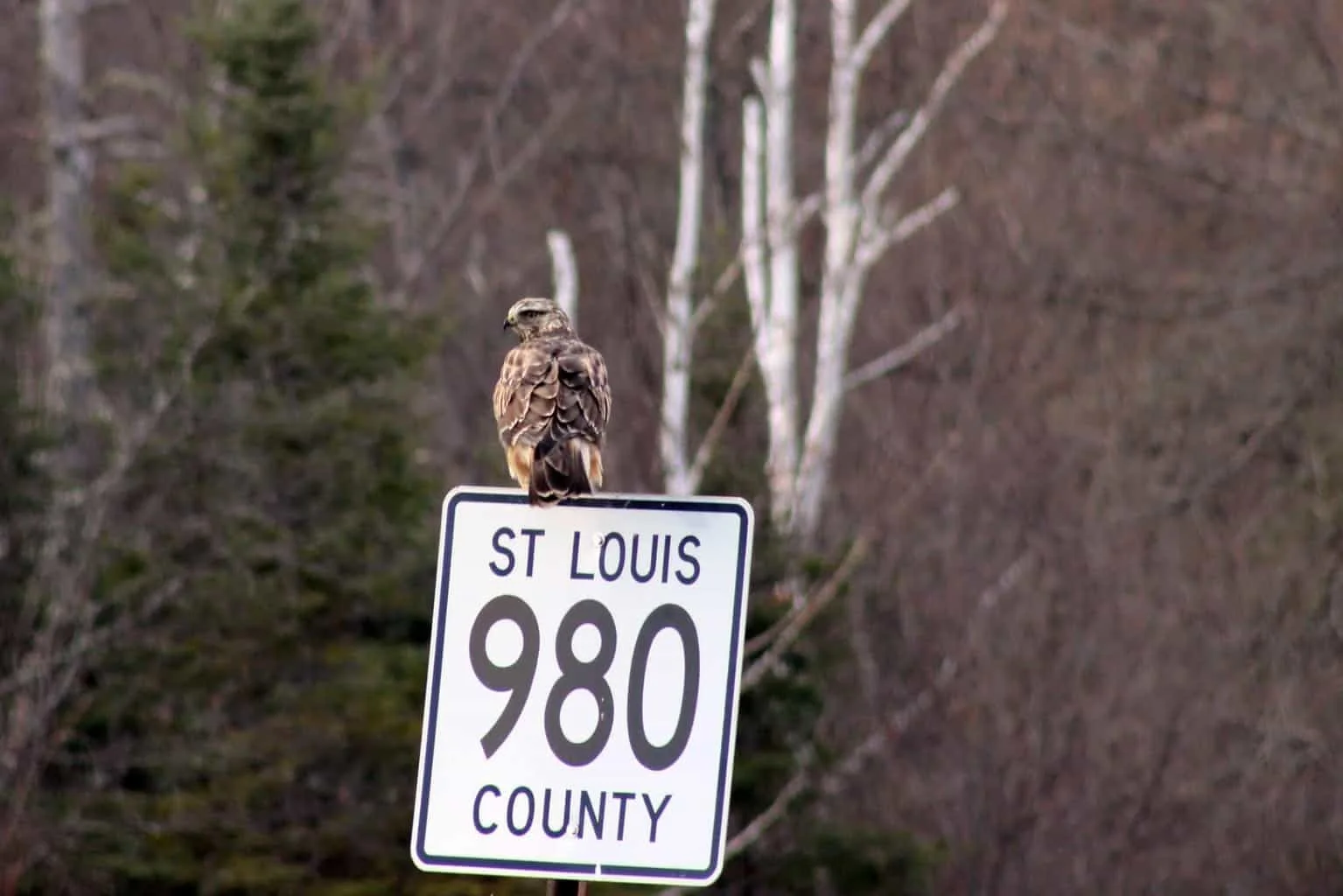
Wingspan
132-138cm
Weight
715-1400g
Life Expectancy
Up to 18 years
Diet
Small rodents
Rough-Legged Hawks are medium to large sized hawks with notably long but thin wings. Rough-Legged Hawks often display a wide variety of colors and feather patterns.
For the most part, they have dark brownish black bodies but contrasting white patterns that adorn their tails. They are even known to have dark bands across their white underbellies.
These hawks can generally be observed after their summer breeding season as they begin fall migration to Maine and other northern states.
They can be spotted in Maine’s open country areas like fields and prairies as they hover in the air searching for their prey.
Other than seeing them hunt for prey, you can find them nesting around cliffs and low forests, resting in a collection of sticks.
These hawks are particularly recognizable due to their loud meow like call, and their soft hissing sound.
9. Northern Harrier
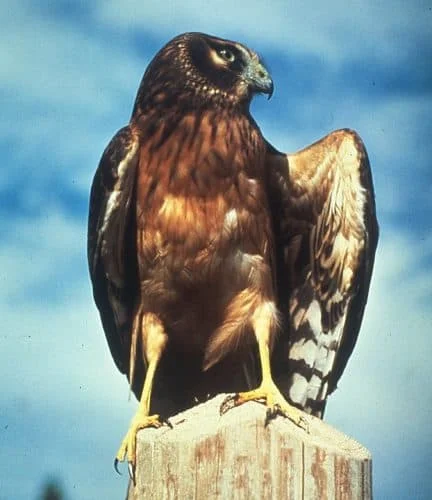
Wingspan
120cm
Weight
390g
Life Expectancy
16 years
Diet
Rodents and small birds
Northern Harriers are medium birds widely recognized for their petite, but long wings and long tails.
The mature male hawks of this species have a pastel gray color on their upperparts, but they have very dark feathers near their wings, especially around the edges.
Both the female and immature Northern Harrier hawks have brown streaked feathers and have neutral colored underparts.
When observing these hawks up close, you’ll likely notice that they resemble the appearance of an owl.
Maine is a wintering habitat for Northern Harriers, so you will most likely see them beginning in the late autumn months.
It is common to observe these hawks flying low over open country areas in search of prey.
Northern Harriers usually nest in loose colonies, where the males tend to have more than one mate.
Their nesting areas are on the ground in dense fields and marshes, and they build their nests with grass, sticks, and weeds.
Male Northern Harriers have a popularly recognized ‘kek-kek’ sound when they become territorially defensive. In contrast, females offer high pitched whistles.
10. Great Black Hawk
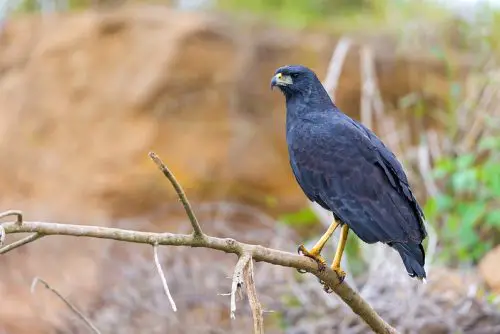
Great black hawk on the branch by ‘Tambako The Jaguar‘ is licensed under CC BY 2.0
Wingspan
120cm
Weight
1kg
Life Expectancy
14 Life Expectancy
Diet
Small mammals, birds & reptiles
Great Black Hawks are medium-large sized hawks that are slightly larger than Common Black Hawks. Adult Great Black Hawks also have longer legs and tails with thin, pale-colored bars.
Juvenile hawks are a dark brown color above with various spotting and streaks, while their underbellies are buff with dark spots.
Though not as widely seen as the other species, you can spot these hawks during the autumn months in Maine.
Great Black Hawks are mostly coastal birds, but they are known to live in forests and open woodlands near water.
They take habitat in tall trees where they build their large nests from sticks. Great Black Hawks are easily identified by their memorable ‘ooo-wheeeeee’ call.

More Articles.
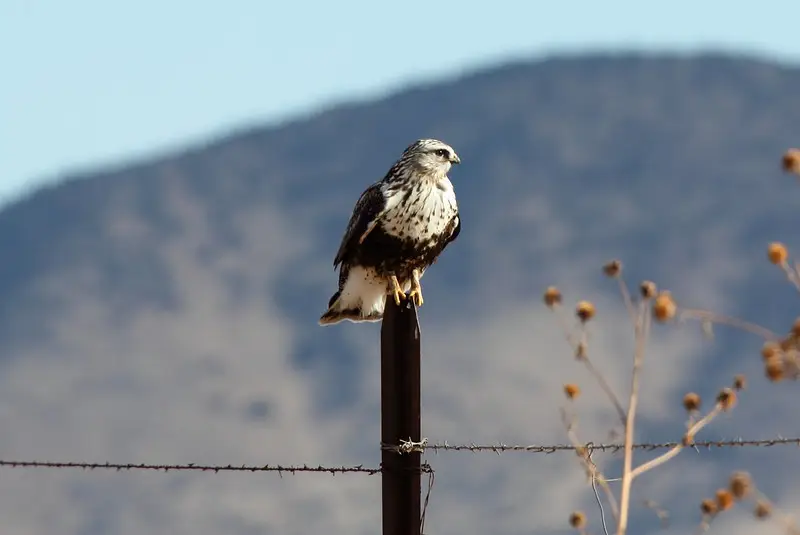
What Hawks can you see in France? (3 Species with Pictures & Sounds)
What Hawks can you see in France? There are 3 different species of Hawks that
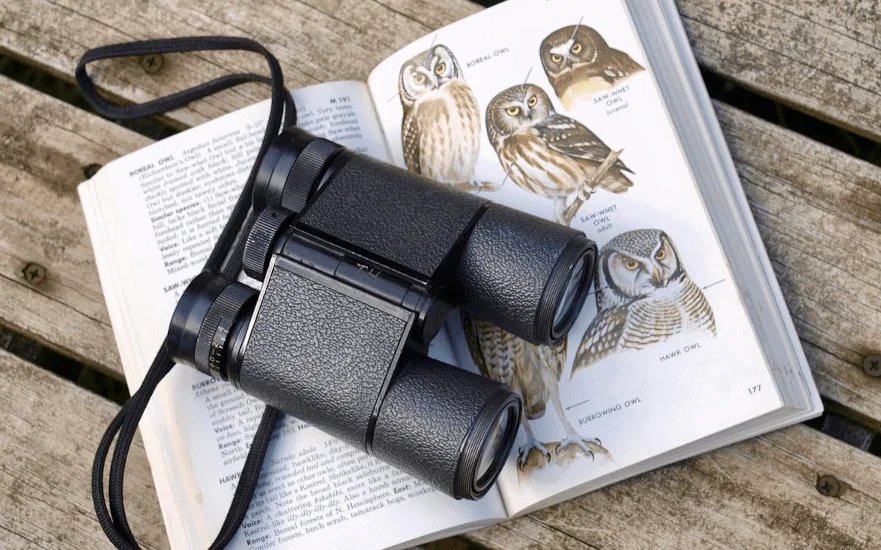
Best Binoculars for Bird Watching 2020
Article Summary: Best Budget Binoculars: Nikon 8250 Aculon 16×50 Best Mid-tier Binoculars: Nikon Monarch 5
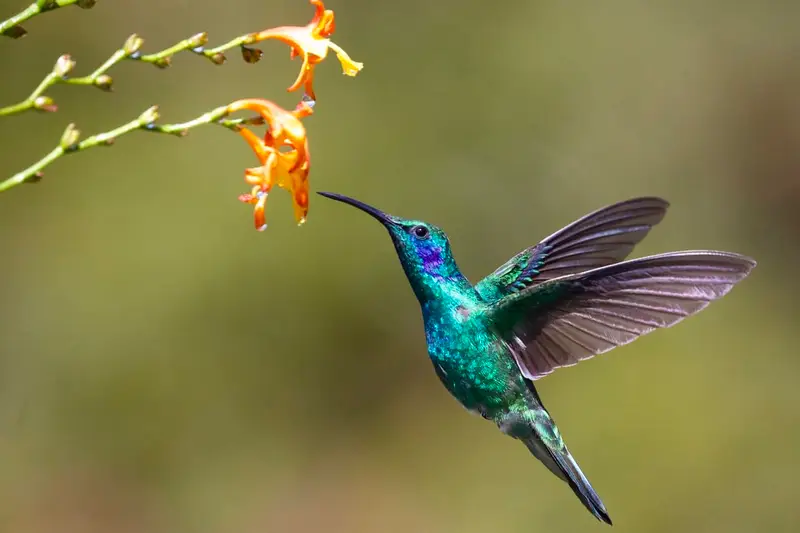
What does it mean to see a Hummingbird?
The hummingbird is easily one of the most celebrated birds in any area. Be it

About Us
We are avid bird-watchers who recently retired, allowing us more time to travel the world. Fortunately, we have managed to visit numerous countries around Europe, Asia, and America. Watching and photographing birds has been a passion for many years and we are making the most of the extra time on our hands!
